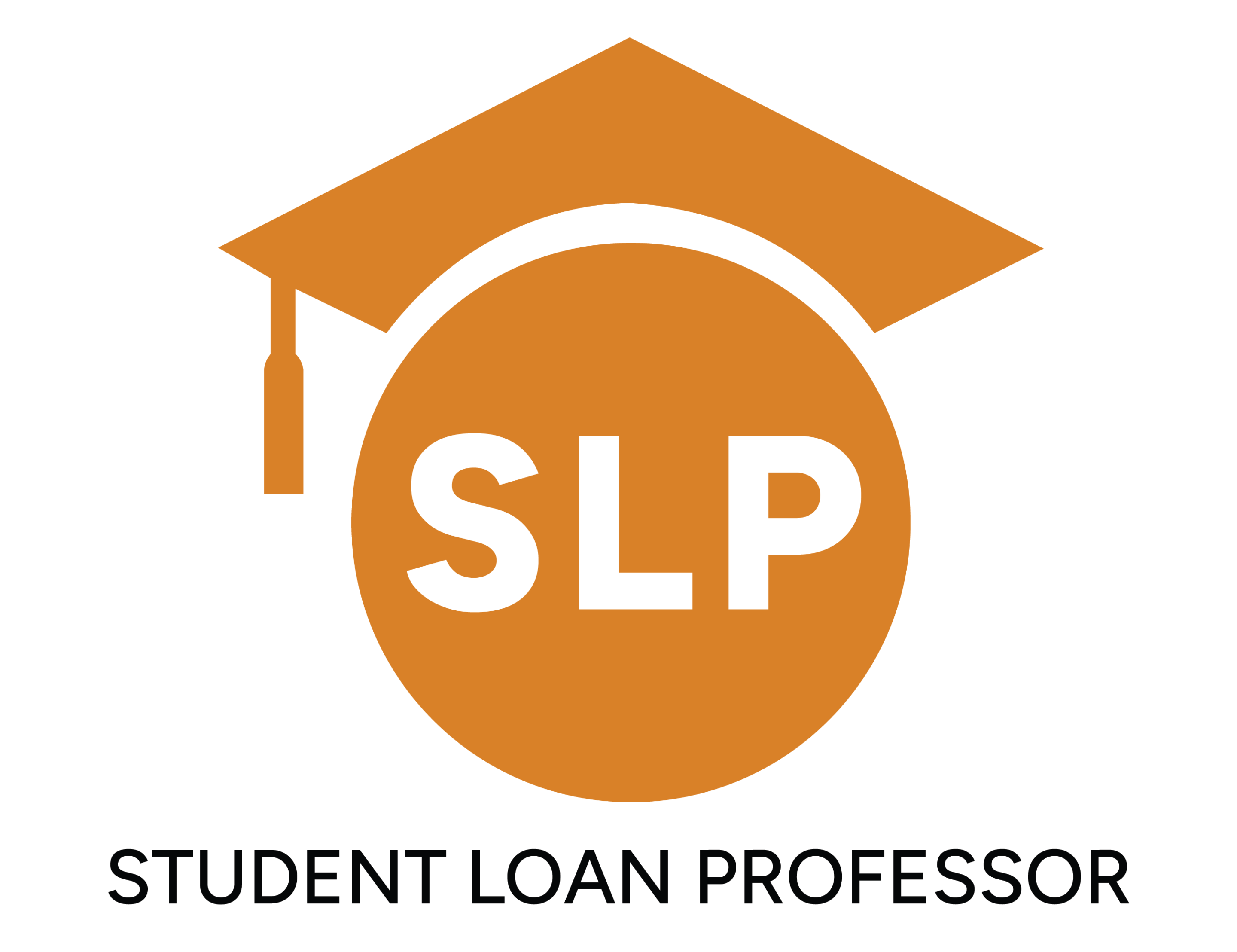Readers,
Our friends over at Fairway Physician Home Loans recently shared the below article with us which discussed some considerations around buying a home during training.
’til DEBT do us part,
Jason DiLorenzo
Founder & Executive Director
In the simplest terms, a physician home loan has more liberal underwriting guidelines, whereas conventional and FHA loans are underwritten to more rigid and inflexible underwriting guidelines. Conventional and FHA loans are rarely the best solution for a young physician in training.
The Conventional Loan
Conventional loans are purchased by government sponsored enterprises such as Fannie Mae and Freddie Mac. Over 95 percent of the loans in the country are purchased by Fannie Mae, Freddie Mac, or Ginnie Mae and are conventional, VA or FHA loans.
No matter which bank you go to, the vast majority of their loans are sold to Fannie, Freddie, or Ginnie Mae. The bank (Wells, Chase, Bank of America, etc.) that you get your loan from typically remains the servicer on these conventional loans — billing you every month, collecting your payment, administering your escrow account, managing your taxes and insurance and providing you with a payoff when you want to pay off your loan. That’s all they do in many cases; they don’t actually own the loan anymore, they just act as the loan servicer and get a premium for doing so.
The loan itself is then often sold to Fannie Mae or Freddie Mac. These institutions bundle such loans and sell them as mortgage-backed securities (bonds secured by mortgages) on Wall Street. Because Fannie and Freddie are government sponsored enterprises, they have adopted sweeping, rigid guidelines in order to maintain consistency in the kinds of loans that are delivered to them and then in turn, sold on Wall Street. In order to qualify for a conventional loan, your situation has to match these rigid guidelines exactly, or as I like to say it, fit inside their underwriting box.
The Physician Home Loan
In general, a physician home loan is a portfolio loan product. That means that the bank or institution that is making the loan is actually going to keep the loan. That enables the bank making the loan to determine its own underwriting guidelines and risk threshold. This results in more liberal guidelines for physicians than it would for other people.
To you, the physician or physician in training, there are several benefits over a conventional loan:
- Higher chance of approval — When any outside of the box factor makes you ineligible for conventional financing, a physician home loan might be the only option. More often residents, fellows and newly attending physicians are approved with physician home loans and declined with a conventional loan because they just don’t fit the guidelines due to student loans, time on the job, down payment, etc.
- Low down payment — The physician home loan will finance somewhere between 95 and 100 percent loan to value depending on your qualification, the bank making the loan, location and the loan amount you are seeking.
- No PMI (private mortgage insurance) — PMI is typically required on conventional loans with loan amounts greater than 80% of the home’s value or purchase price. However, I’m not aware of any physician home loan that has PMI. Because the banks offering these loans are portfolio lenders they do not typically charge PMI, but do have a slightly higher rate than what is quoted for A+ conventional loans. Typically a physician loan will save you 0.5% to 1.0% in annual PMI, but you will pay 0.2% to 0.3% higher rate for the loan type. A bank making a physician mortgage loan is willing to underwrite the loan with more liberal guidelines than a conventional loan, but they charge a slightly higher rate for taking on that added risk. Because they factor their risk into the rate, they can offer you a loan with lower down payment, student loan payments not being counted and closing before you begin employment. You more than make up for that extra interest cost by avoiding mortgage insurance with a physician loan.
- Student loan(s) not counted against your debt to income ratio — This can be particularly advantageous for those transitioning into residency or fellowship or someone early in their attending career where student loans might be deferred or in some kind of IDR (Income Driven Repayment). Conventional underwriting guidelines typically do not allow exclusion of any deferred or income based payments or loans in forbearance. In any case, where the current payment is zero, conventional guidelines typically require underwriting to count that debt against your monthly debt-to-income ratio at 1 to 2% of the outstanding balance. So if you are a resident with $150k in deferred student loans, conventional guidelines typically require that underwriting calculate your monthly student loan payment at $3k per month (2% of $150k). On a resident salary that means you won’t qualify for much more than a Cracker Jack box. Physician home loan underwriting will typically allow you to exclude those payments altogether or use an IDR payment to qualify.
- Higher loan limits — Because physician home loan lenders don’t sell the loans to Fannie and Freddie, they don’t have conventional loan limits. Loan limits will vary by location and by lender. Typically you’ll be able to borrow a higher amount with less money down on a physician home loan than you would on a conventional loan.
- Ability to close before starting work — Most conventional mortgage lenders will require that you provide two paycheck stubs in order to qualify. A doctor mortgage will allow you to close the loan even before your new job starts. Some physician home loans will allow you to close as early as 90 days before you start your new job and qualify based on the employment contract or offer letter. For clients with families, this is a big deal and can save you the trouble of having to move twice.
- Flexibility on proof of income, enabling an earlier home purchase — Conventional underwriting guidelines typically require that anyone who is self-employed or a 1099’d independent contractor must provide two years of tax returns for proof of income. Many emergency medicine, anesthesiologists and dentists are 1099 employees. These clients would have to wait until they have tax returns for two full years (which often means nearly three years on the job) before they can qualify for conventional financing. However, a physician mortgage allows a 1099’d or self-employed physician to qualify even before employment begins.
One more intangible benefit of the physician home loan is that the loan originator, processor and underwriter are in the business of administering physician home loans. These folks are much more likely to understand the unique situations and circumstances that are common obstacles for physicians, dentists, residents and fellows. They are experts who can handle anything that is thrown at them. Getting a mortgage loan can be a stressful experience at best; having people who are pros and know physician home loans will make your experience much more smooth.
Josh Mettle is an industry leading author and mortgage lender, specializing in financing physicians, dentists, CRNA, and physician assistants. You can enjoy great physician real estate and mortgage advice here or by visiting his book site. Josh is also a fourth generation real estate investor, and owns a number of rental homes, apartment units and mortgages. Josh is dedicated to helping physicians become more financially aware and able; listen to “Physician Financial Success” podcast episodes or download Josh’s latest tips and advice here.
Copyright© 2017 eJLM LTD. All Rights Reserved
Brandon Barfield is the President and Co-Founder of Student Loan Professor, and is nationally known as student loan expert for graduate health professions. Since 2011, Brandon has given hundreds of loan repayment presentations for schools, hospitals, and medical conferences across the country. With his diverse background in financial aid, financial planning and student loan advisory, Brandon has a broad understanding of the intricacies surrounding student loans, loan repayment strategies, and how they should be considered when graduates make other financial decisions.



![Our Honest Thoughts On Aidvantage Student Loans [For 2025]](https://www.studentloanprofessor.com/wp-content/uploads/2024/10/SLP_fallback_2-no-logo-400x250.jpg)

